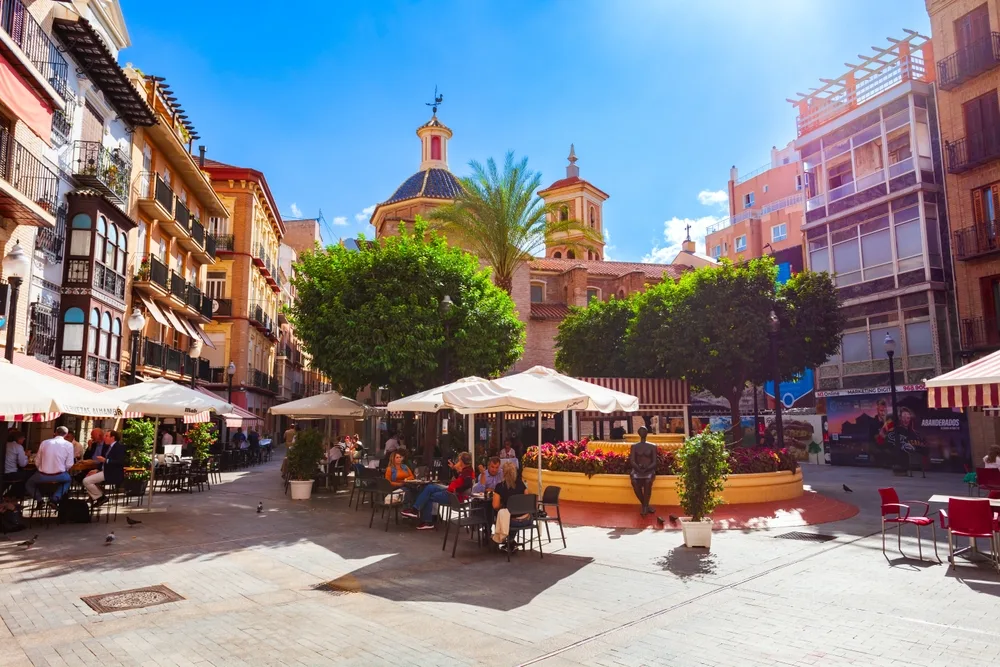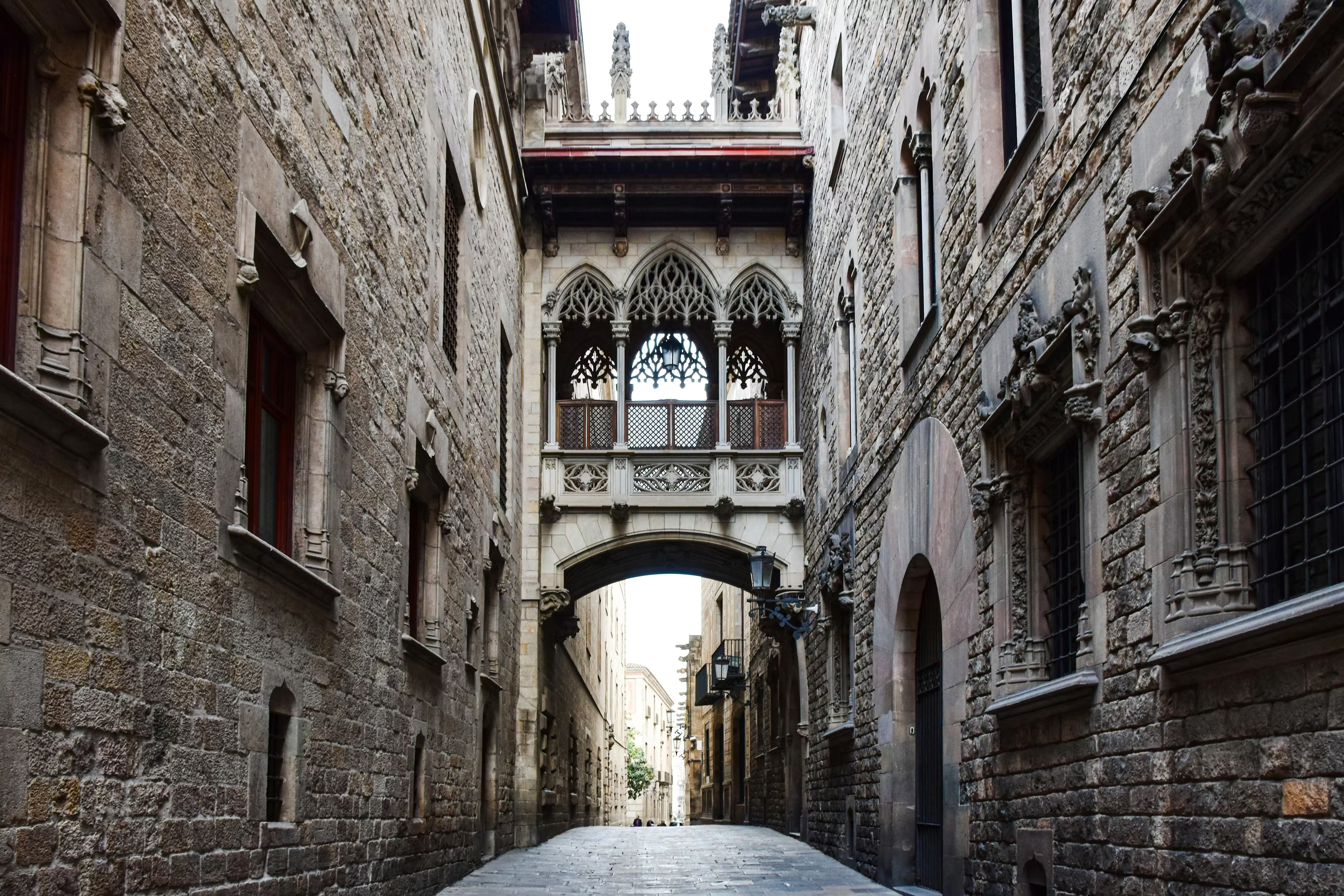Spain’s Plazas: The Heartbeat of Longevity
In the towns and villages of Spain, there lies a common thread weaving through the fabric of community life – the plaza. These open spaces, often decorated with fountains, cafes, and shaded benches, serve as more than just meeting points; they are the beating heart of Spanish social life and a cornerstone of the country’s vibrant culture. But beyond their aesthetic charm and historical significance, these plazas play a crucial role in creating connections, promoting healthy living, and ultimately contributing to Spain’s rising life expectancy.
The Tradition of Plazas: A Royal Decree
The tradition of every Spanish city and town having a plaza dates back centuries, rooted in a royal decree from the Spanish Monarchs. This historic mandate stipulated that every city must possess a centralized meeting space, laying the foundation for the vibrant plazas that dot the Spanish landscape today. From bustling cities to quaint villages, these communal squares serve as the nucleus of social life, embodying the spirit of community and connectivity.
Spain’s Rise in Life Expectancy
By 2040, Spain is poised to surpass Japan’s long-standing reign at the top of the world’s life expectancy table. Recent research indicates that Spanish people will live, on average, to the ripe age of 85.8 years, edging out expected lifespans in Japan, Singapore, and Switzerland. This remarkable achievement is not merely a result of genetic luck or advanced healthcare but also deeply rooted in the Spanish way of life, where community bonds and cultural practices intertwine to promote longevity.
Social Connections and Longevity
But the benefits of Spain’s plazas extend beyond mere socialization; they also facilitate an active lifestyle. Unlike the sedentary routines prevalent in many modern societies, the layout of Spanish towns encourages walking and physical activity. Residents often stroll through the narrow streets to reach the plaza, engaging in incidental exercise that promotes cardiovascular health and mobility. This pedestrian-friendly infrastructure not only reduces reliance on cars but also encourages a more active lifestyle, a key factor in longevity.

Cultural Traditions and Festivities
Moreover, Spanish plazas serve as the stage for local traditions and festivities that are deeply ingrained in the cultural fabric of the country. From flamenco performances to religious processions and lively street markets, these events provide opportunities for connection. Participating in such cultural activities has been associated with lower stress levels, enhanced cognitive function, and a greater sense of purpose – all of which contribute to overall well-being and longevity.
Famous Plazas of Spain
Among the most iconic plazas in Spain is the Plaza Mayor in Madrid, a grand square steeped in history and architectural splendor. Here, locals and tourists gather to enjoy the beauty, the atmosphere and the vibrant energy of the city.

In Seville, the Plaza de España stands as a testament to Spanish Renaissance architecture, with its stunning ceramic tilework and expansive crescent-shaped layout. Visitors flock to this majestic plaza to admire its beauty, take leisurely boat rides along its canal, and soak up the sun amidst lush greenery.

Spain’s Path to Longevity
As Spain continues to climb the ranks of life expectancy, it serves as a testament to the impact of community, culture, and lifestyle on human health and longevity. By cherishing age-old traditions, embracing social connections, and prioritizing active living, Spanish people have unlocked the secret to a longer and more fulfilling life. And at the heart of it all lies the humble plaza, where the echoes of laughter, the rhythm of flamenco, and the warmth of community intertwine to nurture the body and the mind.
Main image: Shutterstock/ saiko3p
Share this content:




7 comments